Difference between Hubble and James Webbs
Difference between Hubble and James Webbs
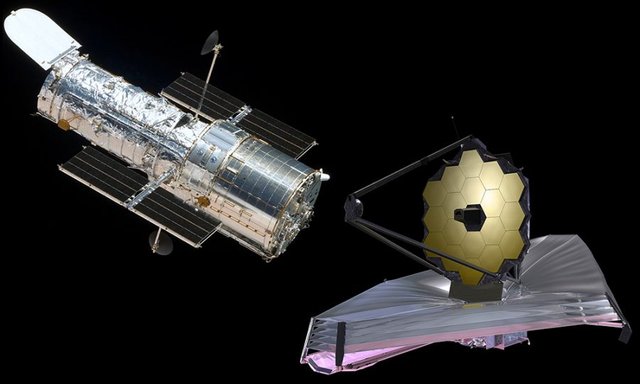
Souce
As we saw, the most advanced telescope in history was launched, everything went as planned and is heading to its destination, but what technological difference makes it different than Hubble, as we have known the James Webbs is an infrared telescope and therefore It must be incredibly cold to avoid detecting your own heat, in the same way the primary mirror needs a different reflective coating, the Hubble interested in seeing colors from deep red that touches the infrared to the ultraviolet passing through all the colors that we can see with Our eyes need your mirror to reflect all those colors or wavelengths so your primary mirror has an aluminum and magnesium chloride coating to give it that neutral, silver finish.
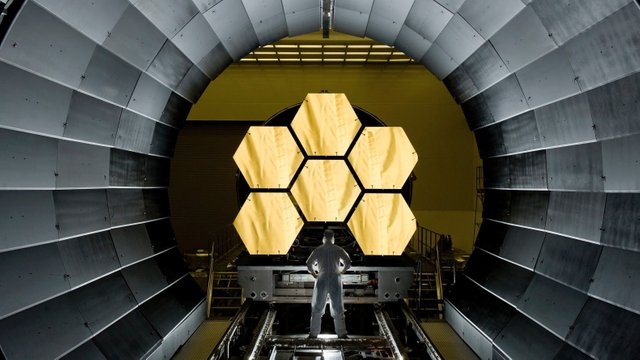
Souce
James webb wants to see in infrared and for that there is nothing better than gold, which honestly makes it more beautiful, it looks like a huge honeycomb, the gold coating is 100 nanometers thick and is equivalent to 48.2 grams, but yes the Hubble captures such incredible images in the visible ones because we want the james webb to only capture infrared light.
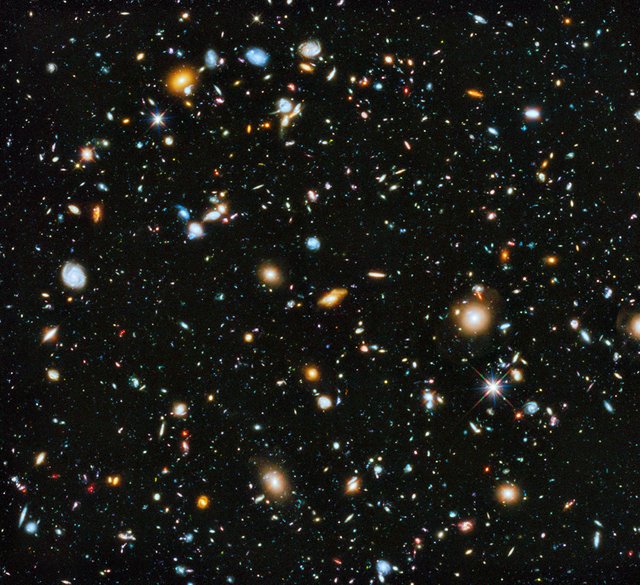
Souce
The answer is not simple, but in a simplified way it can be said that the more sensitive it is to see infrared light, the further back it will be able to see in time, he explained the one above is one of the most famous images from Hubble, it shows a piece of sky equivalent to the size of the head of a pin that you hold with your arm extended, simple or with other less powerful telescopes seems empty space, but Hubble could see that it is full of galaxies, literally full these galaxies are so far away that the light that comes to us from them originated when they were very young, in fact when the universe was much younger but there is a limit to what Hubble can see.

Souce
As the universe is always expanding and in all directions, it can be said that I stretch, you stretch the earth stretches, the space between stars and galaxies stretches including the light that travels through space Hubble cannot see galaxies anymore distant than those shown in the image by about 12 billion light-years because beyond that distance the light stretched so much due to the time it has been traveling through space that what was visible light is now infrared light.
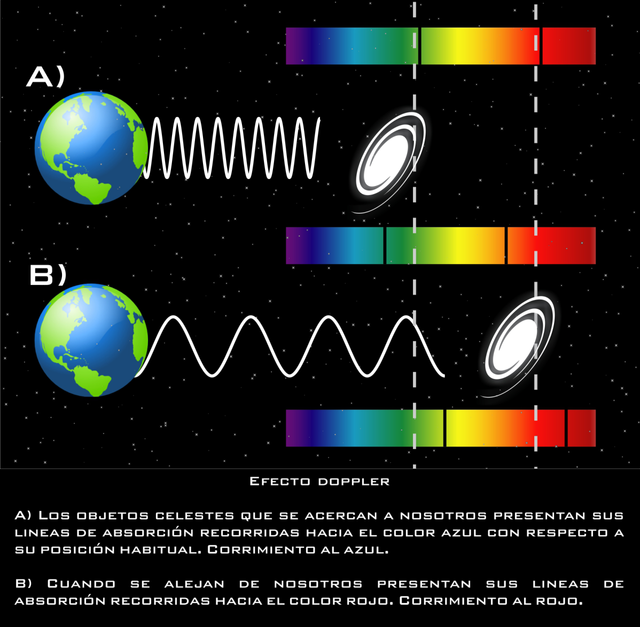
Souce
We can think of light as waves when stretching that wavelength, the ultraviolet becomes blue, the blue becomes green, the green becomes yellow, the yellow becomes red and the red becomes infrared, and so on until reaching Radio waves this phenomenon is called redshift and it is the way in which we can calculate the distance to stars and galaxies using spectroscopy and taking as a reference the patterns that we know emit common elements in stars such as hydrogen.
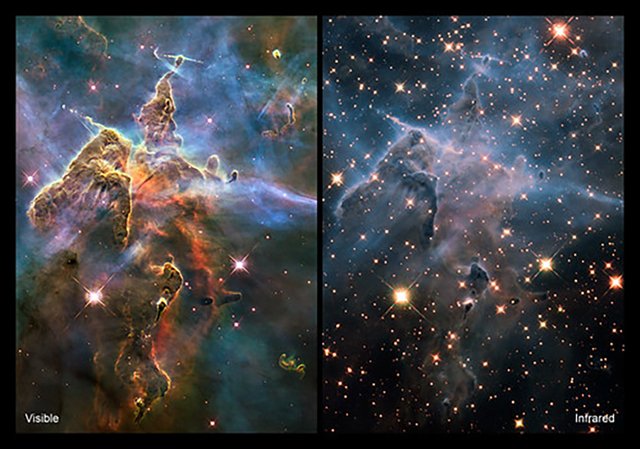
Souce
In this way, James Webb will be able to see objects farther away than Hubble, but when we talk about astronomical distances we are also talking about time, when you turn to see the moon, what you are actually seeing is how it looked 1.3 seconds ago because that's the time it takes for light to travel from there to your eyes, sunlight takes 8 minutes to reach the earth, light from the nearest star next centauri takes 4.2 years, which means it's 4.2 years away -light away, the closest galaxy to Andromeda is 2.5 million light-years away.
So going back to the Hubble image, the older and more red-shifted more distant light james webb will be able to see primitive galaxies in their formation stages in space, where in this image there appears to be nothing, is like magic combined with a time machine, but this is only one of the benefits of seeing in infrared.
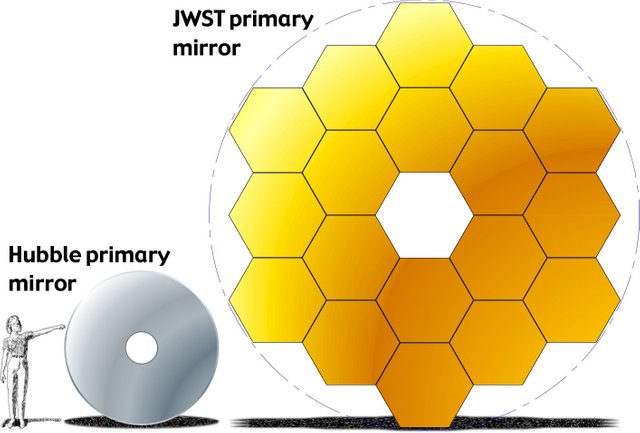
Souce
Another very important is that infrared light more easily passes through clouds of gas and stellar dust, so it will allow us to see stars or even extrasolar planets that were hidden within the gas disks of their primitive solar system, then the images of James webb promise to be at least as spectacular as those of Hubble or more and here the size factor enters, they say that size does not matter but that in telescopes they do not apply the larger the primary mirror, the more light it will be able to capture, if the hubble captured whole tubs of photons with its 2.4 meter diameter mirror, the james webb will capture entire tubs of photons.
Thank you for visiting my blog. If you like posts about #science, #planet, #politics, #rights #crypto, #traveling and discovering secrets and beauties of the #universe, feel free to Follow me as these are the topics I write about the most. Have a wonderful day and stay on this great platform :) :)